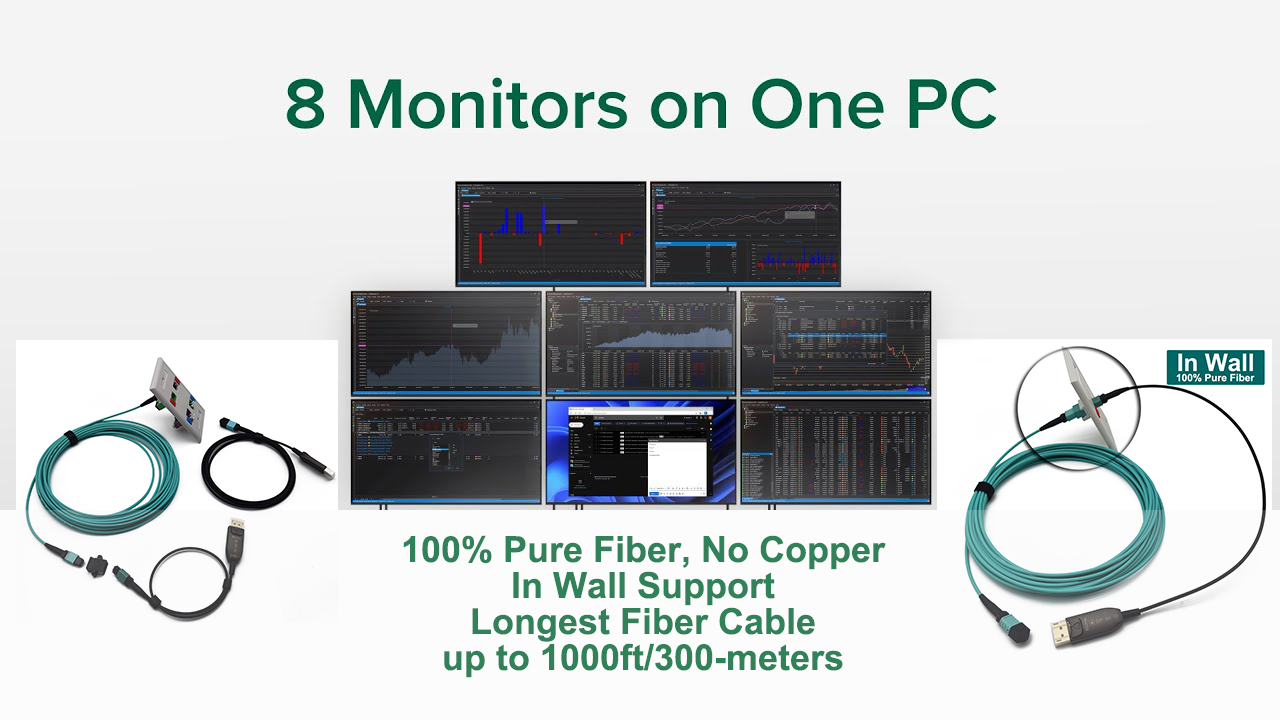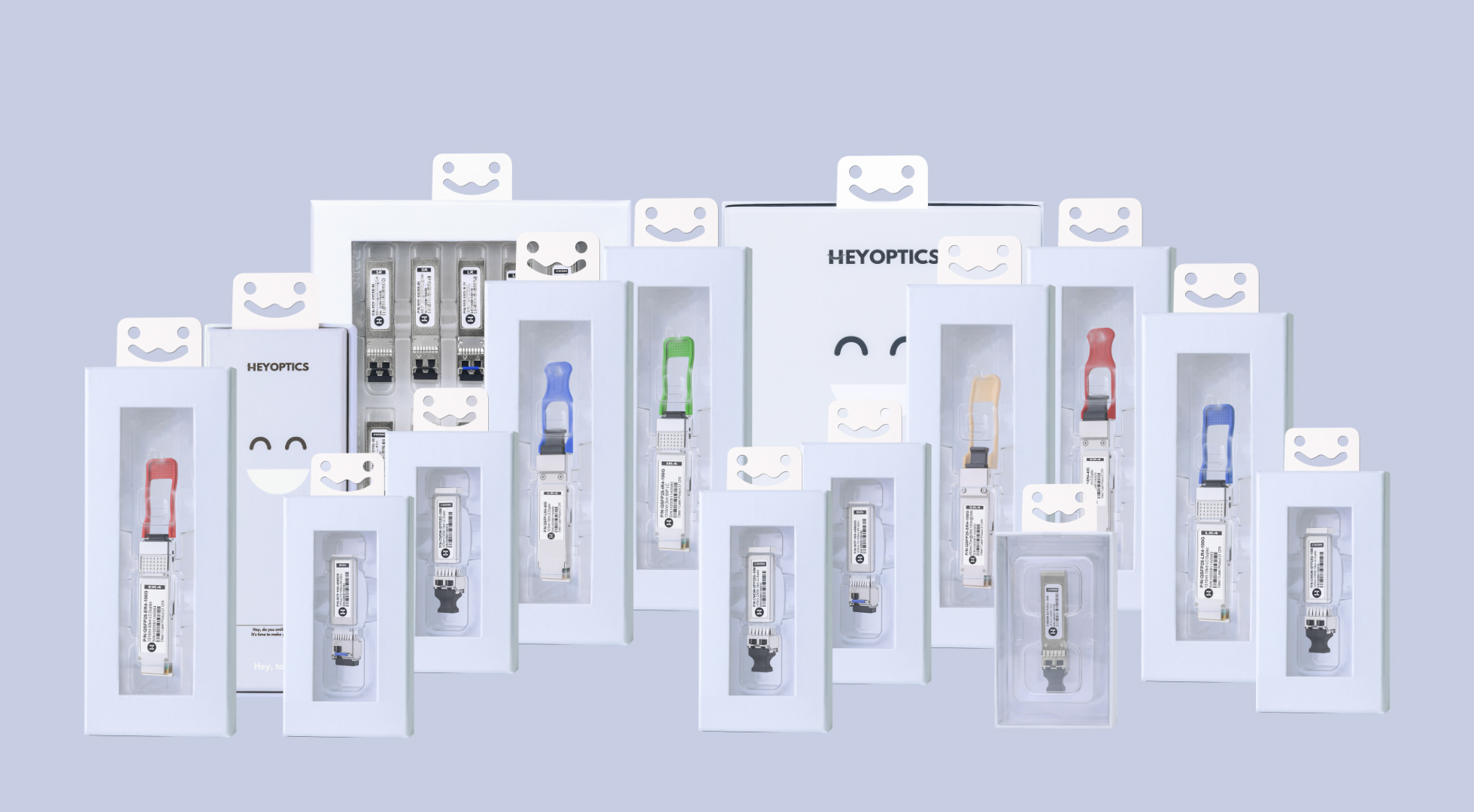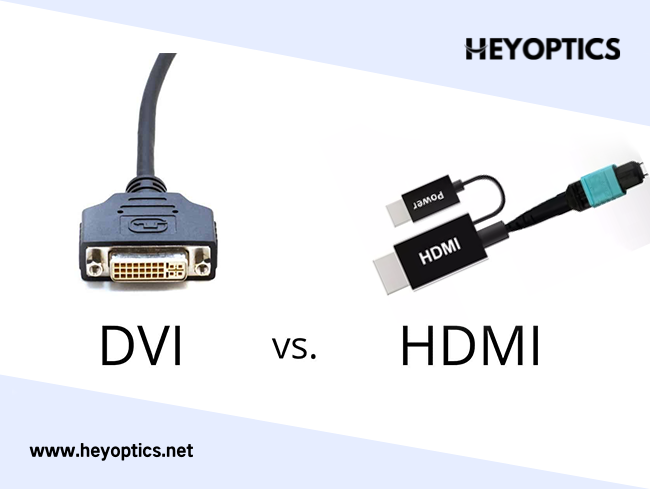Introducing Stack Switch
Switch Stack is a common technology used in network design, especially when large numbers of ports are required in data centers or large-sized networks. Stack switch not only provides high performance but also maximizes network scalability and simplify network management. That’s why stackable switches are popular among network builders. Then what is stack switch? What’s the common way for switch stack in the market?
What is stackable switch?
A stackable switch is a network switch with a “stacking” function and is a network device. The so-called stacking uses a dedicated connecting cable to connect two or more switches through the stacking port of the switch to realize the expansion of the number of ports of a single switch.
When multiple switches are stacked together, they act like a modular switch and can be managed as a single unit. That is, all switches in the stack can be logically viewed as a single switch. In general, at least one switchable switch should be in the stack of switches, and the switchable switches can be used to manage other switches that are stacked together. Stackable switches are very convenient for network expansion and are ideal for new networks.
Definition
The switch stack is connected directly from the “UP” stack port of one switch to the “DOWN” stack port of another switch through a dedicated connection cable provided by the manufacturer. To achieve the expansion of the number of ports on a single switch. A general switch can stack 4 to 9 units.
A so-called stackable switch means that a switch generally has both “UP” and “DOWN” stack ports. When multiple switches are connected together, they act like a modular switch, and the stacked switches can be managed as a single unit. In general, when there are multiple switches stacked, there is a manageable switch in which the other “standalone switches” in the stackable switch can be managed by the manageable switch.
Stacking method
Currently, mainstream switches on the market can be subdivided into two types: stackable and non-stacked. Among the switches that can be stacked, there are virtual stacks and true stacks. The so-called virtual stack is actually a cascade between switches. The switch is not stacked through a dedicated stacking module and stacking cable, but through a Fast Ethernet port or a Giga Ethernet port. In fact, this is a disguised cascade. Even so, multiple switches in a virtual stack can already be managed as a logical device in the network, making network management simple.
Stack switches generally have two stacking methods: star stacking and daisy chain stacking. Daisy-chain stacking is a cascade-based stacking technology. There is no special requirement on the switch hardware. Through relatively high-speed port serialization and software support, a multi-switch stack structure is finally realized. Redundancy can be achieved to some extent. Daisy-chain stacking mode, no topology management, a single-node mechanism for high-density port requirements, can be used at the edge of the network.
The star stacking mode is suitable for single-node LANs that require high-efficiency and high-density ports. The star-stacking mode overcomes the high latency effect of multi-level forwarding in the daisy-chain stacking mode but requires a high-bandwidth matrix and high cost. Moreover, the matrix interface is generally not universal, and neither the stack center nor the stack port of the member switch can be used to connect to other network devices.
Application
Stackable switches are mainly used at the edge of the network of small and medium-sized enterprises and large enterprises. It is very convenient to realize the expansion of the network, mainly the upgrade of enterprise LAN, and the overall speed of network expansion. At the same time, because stackable switches have the advantages of rapid deployment, good value, scalability, and ease of management, they are widely used, especially in e-commerce applications.
Virtual stacking and true stacking
There are a significant number of stackable switches on the market today that are virtual stack types rather than true stack types. Obviously, the true stacking is much higher than the virtual stacking performance, but there are at least two advantages to using virtual stacking: virtual stacking often uses standard Fast Ethernet or Giga Ethernet as the stacking bus, which is easy to implement and low in cost; The stack port can be used as a normal port to help protect user investment. Virtual stacking with standard Fast Ethernet or Giga Ethernet ports greatly extends the stack so that the stack is no longer confined to one cabinet.
Stacking can greatly increase switch port density and performance. The stacking unit has a port density and performance that rivals that of a large rack-mount switch, and the investment is much cheaper than a rack-mount switch, and it is much more flexible to implement. This is the advantage of stacking.



